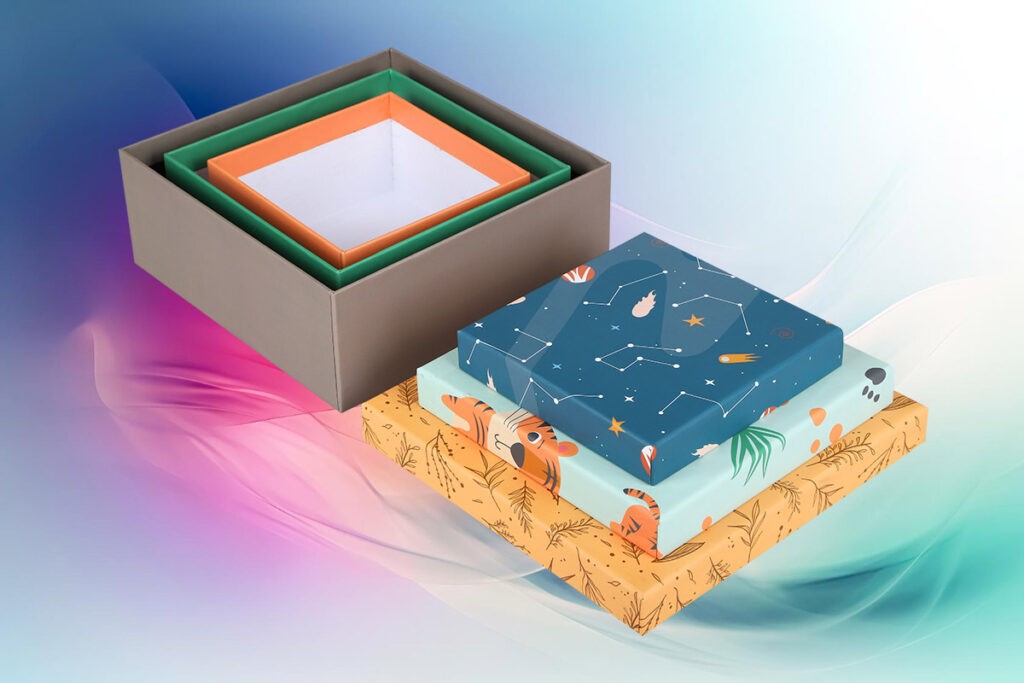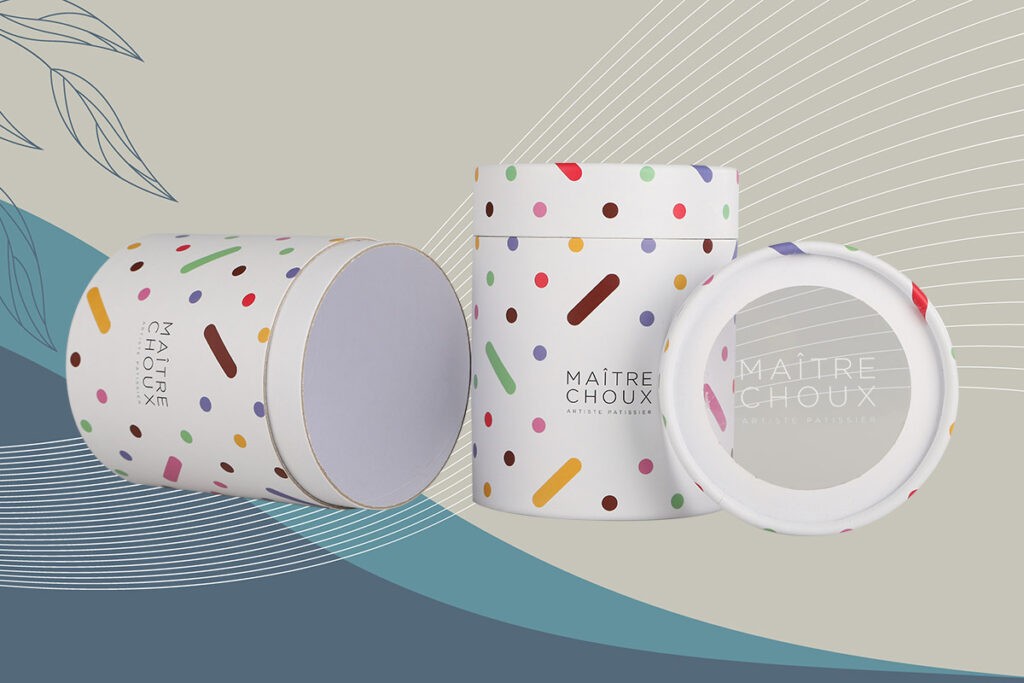In this blog post, we’ll explore the emerging trends and technologies that are shaping the future of eCommerce packaging. In the ever-evolving landscape of eCommerce, packaging plays a pivotal role in shaping the customer experience and influencing purchasing decisions. As sustainability concerns grow and technology continues to advance, the future of eCommerce packaging is set to undergo significant transformations.

1. Sustainable eCommerce Packaging Solutions
Sustainability is no longer just a buzzword; it’s a critical consideration for businesses and consumers alike. As environmental consciousness rises, eCommerce companies are increasingly adopting sustainable packaging solutions to reduce their carbon footprint. This includes the use of recyclable, biodegradable, and compostable materials.
1.1 Recyclable Materials
One of the most prominent trends in sustainable packaging is the use of recyclable materials. Cardboard, paper, and other easily recyclable materials are replacing traditional plastics. eCommerce giants are leading the way by committing to using 100% recyclable packaging for their shipments, setting an example for smaller businesses to follow suit.
1.2 Biodegradable and Compostable eCommerce Packaging
Biodegradable and compostable packaging materials are gaining popularity as businesses seek alternatives to traditional plastics that take centuries to decompose. These materials break down naturally, reducing the long-term environmental impact associated with conventional packaging.
2. Smart Packaging with IoT Integration
The Internet of Things (IoT) is revolutionizing various industries, and eCommerce packaging is no exception. Smart packaging, enabled by IoT technology, provides a range of benefits from improved tracking and security to enhanced customer engagement.

2.1 Package Tracking
Real-time package tracking has become a standard expectation for online shoppers. IoT-enabled packaging allows customers to track their shipments in real-time, providing them with accurate delivery estimates and reducing uncertainty. This not only improves the customer experience but also helps eCommerce companies optimize their logistics.
2.2 Interactive eCommerce Packaging
Imagine a package that interacts with the customer when opened. IoT technology allows for interactive packaging experiences, such as personalized messages, product information, or even exclusive promotions triggered by opening the box. This not only adds a layer of excitement for the customer but also strengthens brand loyalty.
3. Minimalist Packaging Designs
In the quest for sustainability and cost-effectiveness, minimalist packaging designs are gaining popularity. These designs focus on using the bare minimum of materials necessary to protect the product, eliminating unnecessary waste. This trend aligns with the growing consumer preference for eco-friendly and visually appealing packaging.
3.1 Reduced eCommerce Packaging Waste
Minimalist packaging aims to reduce both material usage and packaging waste. By eliminating excess packaging, eCommerce companies can contribute to environmental conservation while also potentially reducing shipping costs.
3.2 Aesthetic Appeal
Beyond sustainability, minimalist packaging designs often carry an aesthetic appeal that resonates with modern consumers. Simple, elegant packaging can convey a sense of sophistication and align with a brand’s identity.

4. 3D Printing for Customized eCommerce Packaging
The rise of 3D printing technology is transforming the way eCommerce companies approach packaging. 3D printing allows for the creation of highly customized and intricate packaging designs that can enhance the overall product experience.
4.1 Personalized eCommerce Packaging
eCommerce companies are leveraging 3D printing to create personalized packaging for their products. From unique shapes to custom textures, 3D printing enables brands to stand out and leave a lasting impression on customers.
4.2 On-Demand Production
3D printing enables on-demand production of packaging materials, reducing waste and storage requirements. This not only streamlines the supply chain but also allows for quick adaptation to changing market trends.
5. Augmented Reality (AR) in Packaging
Augmented Reality is finding its way into eCommerce packaging, offering innovative ways to engage customers and provide them with immersive experiences.
5.1 Virtual Try-Ons
In industries like fashion and cosmetics, AR packaging allows customers to virtually try on products before making a purchase. This not only reduces the likelihood of returns but also enhances the online shopping experience.
5.2 Interactive Product Information
AR can be used to provide interactive product information directly on the packaging. By scanning the package with a smartphone, customers can access detailed information, tutorials, and user reviews, empowering them to make informed purchasing decisions.
6. Sustainable Packaging Legislation and Regulations
Governments around the world are recognizing the importance of sustainable packaging and are implementing regulations to encourage its adoption. This includes restrictions on single-use plastics and incentives for businesses that prioritize eco-friendly packaging.
6.1 Extended Producer Responsibility (EPR)
EPR regulations are gaining traction, holding eCommerce companies responsible for the entire lifecycle of their packaging. This encourages businesses to adopt sustainable practices, from material selection to end-of-life disposal.
6.2 Incentives for Sustainable Practices
Governments are offering incentives, such as tax breaks or subsidies, to businesses that adopt sustainable packaging practices. This not only benefits the environment but also provides a financial motivation for eCommerce companies to make eco-friendly choices.

7. The Role of AI in Packaging Optimization
Artificial Intelligence (AI) is playing a crucial role in optimizing various aspects of eCommerce, and packaging is no exception. AI algorithms are being used to streamline packaging processes, reduce waste, and enhance overall efficiency.
7.1 Predictive Analytics for Demand Planning
AI-driven predictive analytics help eCommerce companies forecast demand more accurately. This, in turn, allows for better inventory management and packaging planning, minimizing overproduction and excess packaging.
7.2 Automated eCommerce Packaging Processes
Automation, powered by AI, is becoming increasingly prevalent in packaging facilities. From sorting and labeling to customizing packaging sizes, automated processes not only increase efficiency but also reduce the likelihood of human error.
Conclusion
The future of eCommerce packaging is marked by a harmonious blend of sustainability and technology. As consumer preferences continue to shift towards eco-friendly practices, eCommerce companies must adapt to stay competitive. From the widespread adoption of sustainable materials to the integration of IoT and AI technologies, the evolving landscape of eCommerce packaging promises a more efficient, personalized, and environmentally conscious future. By staying abreast of these trends and technologies, businesses can not only meet the expectations of their customers but also contribute to a more sustainable and innovative eCommerce ecosystem.
Contact us to get a price quote and detailed information about the eCommerce packaging boxes we produce as Artaş Pack.
Phone : +90 (533) 580 23 38
E-mail : sales@artaspack.com

